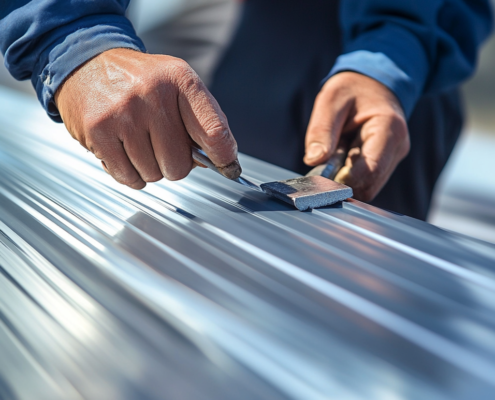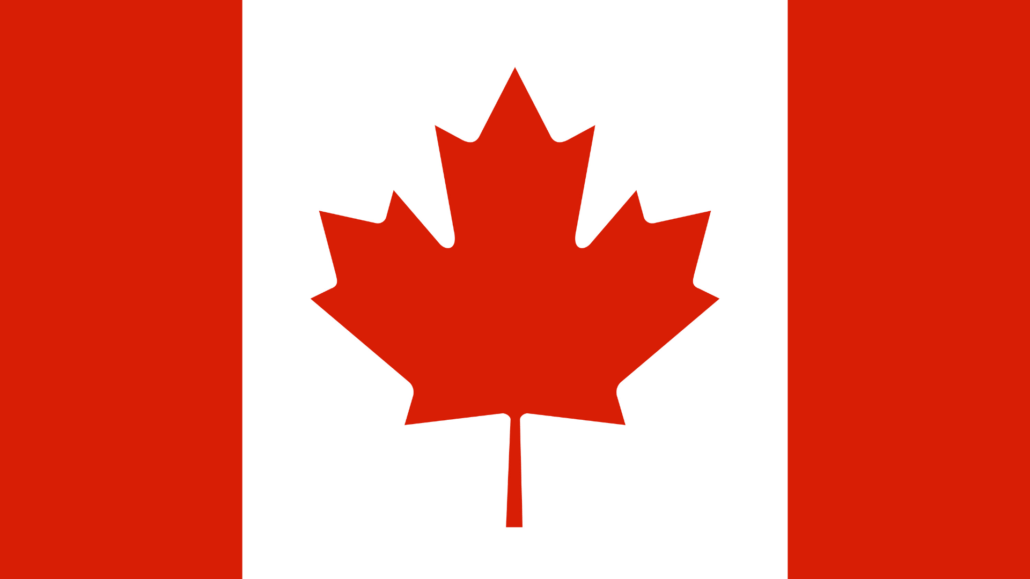Introduction: Planning for a Perfect Roof Installation
Choosing the right roofing material is essential to the durability and efficiency of any roofing project, whether it’s for a residential home, commercial building, or industrial facility. Among the many options, PVC roof sheets offer a strong, lightweight, and eco-friendly roofing solution. Cutting these sheets to fit your specific project can seem daunting, but with the right tools and methods, it can be done safely and efficiently. Here’s an in-depth guide on what you need to know about cutting PVC roof sheets, including essential tools, safety tips, and step-by-step instructions.
What is PVC Roof Membrane?
PVC (Polyvinyl Chloride) roofing membrane, also known as a vinyl roof membrane, is a single-ply roofing material commonly used in commercial and industrial buildings. Known for its durability and lightweight properties, PVC is an excellent choice for long-term roofing solutions, often lasting up to 40 years with proper care. Due to its recyclable nature, PVC roofing is also an eco-friendly option that reduces plastic waste. Learn more about PVC and its applications.

Carefully measuring and marking PVC roof sheets to ensure precise cuts for proper alignment and installation.
Essential Tools for Cutting PVC Roof Sheets
Before starting any cutting task, make sure you have the proper tools to ensure precision and safety. Here are some of the most essential tools needed for cutting PVC roof sheets:
- Measuring Tape: Accurate measurements are essential for precise cuts.
- Marker or Chalk: Marking your cutting lines with a visible tool ensures that cuts are on point.
- Utility Knife: Ideal for smaller cuts and thinner PVC sheets; a sharp utility knife provides clean cuts.
- Circular Saw: For thicker PVC sheets, a circular saw with a fine-tooth blade is recommended. Read more about saw types.
- Jigsaw: A jigsaw with a PVC-compatible blade is useful for making intricate cuts or shapes.
- Clamps: Use clamps to secure the PVC sheet to the cutting surface and prevent movement.
- Safety Goggles: Protects your eyes from dust and debris during cutting.
- Work Gloves: Safety gloves offer protection against sharp edges and cutting tools.
- Dust Mask: Reduces inhalation of dust particles generated during cutting.
Safety Precautions When Cutting PVC Roof Sheets
Safety is a top priority when handling any cutting tools or materials. Here are some essential precautions to follow:
- Wear Protective Gear: Use safety goggles, work gloves, and a dust mask to protect your eyes, hands, and lungs from potential hazards.
- Secure the Sheet: Use clamps to hold the PVC sheet in place on a stable surface, preventing it from slipping during the cutting process.
- Work in a Ventilated Area: Cutting PVC can generate dust and odors. Work in an area with good airflow, especially if using power tools. Learn more about ventilation in workspaces.
- Follow Manufacturer’s Guidelines: Always refer to any safety or handling instructions provided by the PVC sheet manufacturer.
- Stay Focused: Avoid distractions while cutting. Precision cutting requires concentration to ensure accuracy and safety.
Step-by-Step Guide to Cutting PVC Roof Sheets
Once your tools and safety measures are in place, you’re ready to start cutting. Here’s a step-by-step guide to help you achieve accurate cuts on PVC roof sheets.
Step 1: Measure and Mark the Cutting Line
- Use a measuring tape to determine the exact size you need.
- With a marker or chalk, draw a visible line on the PVC sheet where you plan to make the cut. Double-check your measurements before proceeding.
Step 2: Secure the PVC Sheet
- Place the PVC sheet on a stable work surface and use clamps to secure it in place. This will prevent movement while cutting, ensuring a more accurate cut.
Step 3: Select the Right Tool for the Job
- Utility Knife: For thin PVC sheets, a utility knife is sufficient. Score the line a few times until you cut through the sheet. Learn more about scoring techniques.
- Circular Saw: For thicker PVC sheets, use a circular saw with a fine-tooth blade for a clean cut. Ensure the blade is compatible with PVC materials.
- Jigsaw: If the cut requires intricate shapes or curves, a jigsaw with a PVC-compatible blade will give you the best results.
Step 4: Cut Along the Marked Line
- Start cutting along the line, taking your time to ensure precision. If using a utility knife, apply steady pressure and make multiple passes until the sheet is fully cut.
- For power tools like circular saws or jigsaws, proceed slowly to avoid chipping or damaging the sheet.
Step 5: Smooth the Edges
- After cutting, smooth out rough or sharp edges with sandpaper or a deburring tool. This will ensure a clean finish and prevent injuries from sharp edges. Learn more about deburring.
Tips for Handling and Storing PVC Roof Sheets
- Store Flat: Keep PVC sheets stored flat to prevent warping or bending.
- Avoid Prolonged Sun Exposure: Store sheets in a shaded area to prevent UV damage if they aren’t immediately installed.
- Clean Before Use: Wipe down sheets before installation to remove any dust or debris from storage.
- Check for Damage: Inspect sheets before cutting for any cracks or weak spots, as these could affect the integrity of your cuts.
When to Hire a Professional
While cutting PVC roof sheets is a manageable DIY task for small projects, consider hiring a professional roofer for larger or more complex jobs. Professional roofers bring experience and tools suited for larger installations, ensuring a clean, precise fit for commercial or industrial applications. They can also handle complex shapes and challenging angles more efficiently, saving you time and reducing the risk of errors.
Pros and Cons of Using PVC Roof Sheets
Pros
- Durable: PVC roofing sheets can last up to 40 years with minimal maintenance.
- Lightweight: Their lightweight nature makes installation easier and reduces the load on the structure.
- Energy Efficient: Reflective properties help reduce cooling costs, making PVC an eco-friendly choice.
- Eco-Friendly: PVC sheets are recyclable, which helps reduce plastic waste. Learn more about recycling PVC.
Cons
- Higher Initial Cost: PVC may be more expensive upfront than other roofing materials.
- Potential Environmental Impact: Although recyclable, PVC production can involve chemicals that are not eco-friendly. Learn more about the environmental impact of PVC.
Frequently Asked Questions About Cutting PVC Roof Sheets
What’s the Best Tool for Cutting PVC Roof Sheets?
- A utility knife works for thin sheets, but a circular saw or jigsaw with a fine-tooth blade is better for thicker PVC.
Can I Cut PVC Sheets Indoors?
- It’s recommended to cut PVC sheets in a well-ventilated area, as cutting can produce dust. Use a dust mask to prevent inhaling particles.
How Do I Prevent Cracks When Cutting PVC?
- Use a fine-tooth blade for power tools and avoid forcing the cut. Let the tool work at a steady pace to reduce cracking risks.







